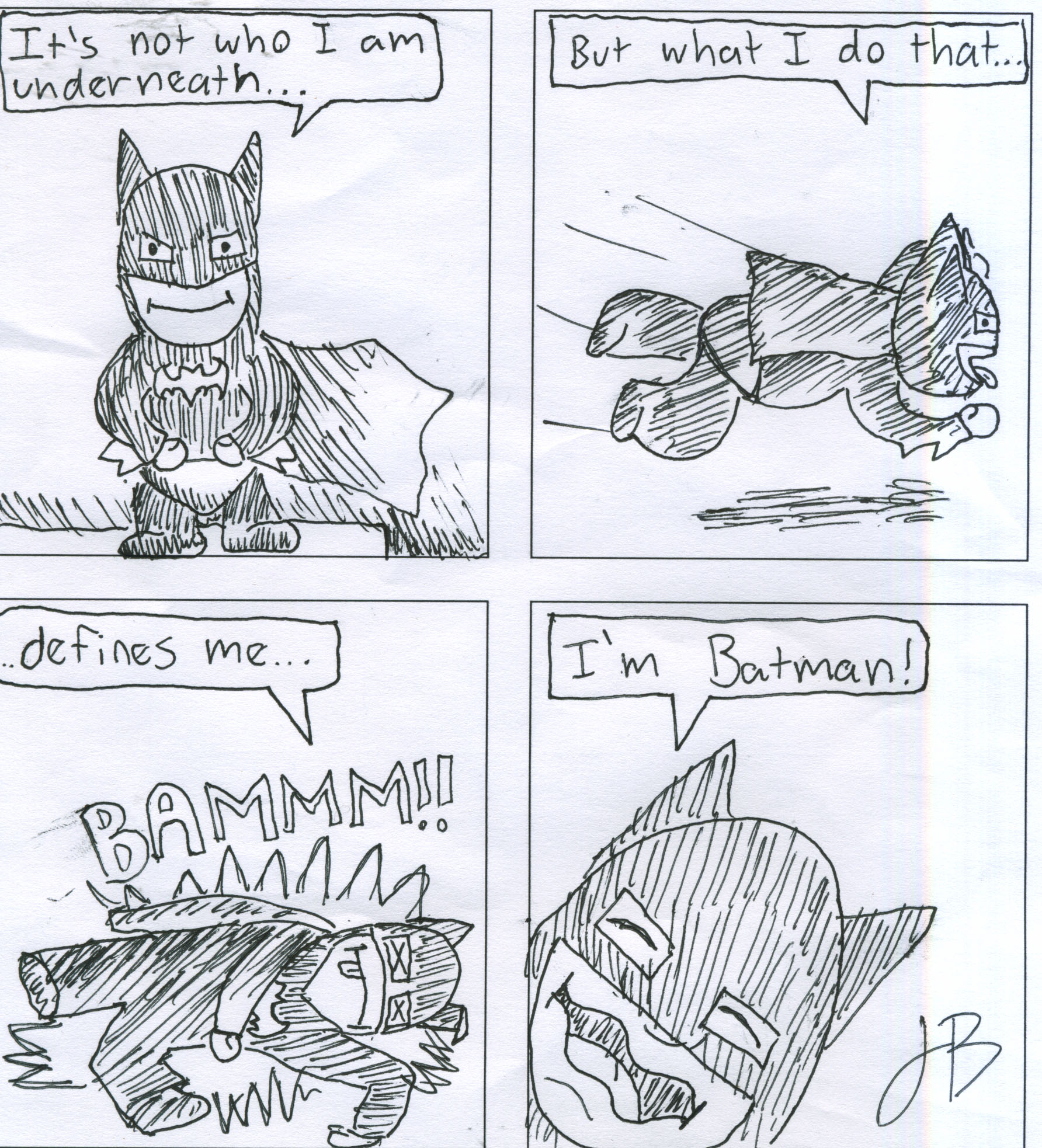BY CONAN LYNCH, CONTRIBUTING WRITER
From March to August of 2022, writer Tom King and artist David Marquez brought us one of the most intricate Batman stories I’ve ever read. “Batman: Killing Time” takes place over six issues and is told by an unnamed narrator. The story has a noir feel to it. It is dark and brooding — typical of a Batman story — and King left me with a new question every time one was answered. Plus, the story is great for anyone who isn’t familiar with comics and wants a good starting point.
The story centers around Batman and multiple members of his rogues’ gallery — the various villains that Batman faces — including the two main antagonists Riddler and Catwoman. The story follows a heist that went wrong, and it is up to the world’s greatest detective to follow the clues and piece together what happened.
Loose spoilers ahead.
One of the highlights of the story is how King brings in the U. S. government involved in attempts to mitigate the fallout from the criminals’ fight with the Dark Knight. It adds a sense of realism to an otherwise completely fictional story. There are also scenes in the story that takes place in 405 B.C. that involve Athena and other Greek gods and goddesses which strip the realism, but they’re still an interesting addition to the story.
Another highlight of the story is the ending. I won’t spoil it, but reading this story felt like watching a movie. Finishing this story was depressingly satisfying. I was sad it was over, but I was content with how King and Marquez created an incredible standalone story.
My favorite part of the story is how it is not told in chronological order. King sets up each scene with a date, time and who is involved. For example, the story starts with a scene of Waylon Jones — Killer Croc — getting off the bus and walking toward the city’s central bank. I also appreciate Marquez’s illustrations just as much as King’s writing.
Each strip is careful about the angle of how the scene is viewed. Each panel also has a color scheme to match the mood of the atmosphere. For example, in the opening panels with Jones, we only see him in a trench coat from a distance, and the panels have a dark and gray aesthetic as he gets closer to the bank.
The best part about this story is that anyone could pick it up and understand what is happening regardless of their prior comic knowledge. Although it spans six issues and is rather short for a comic story, I stand by the fact that this would be a great introduction for anyone interested in the comic world. There aren’t any allusions to other stories, so this story acts as a great standalone entry to Detective Comics.
lynchcb19@bonaventure.edu








